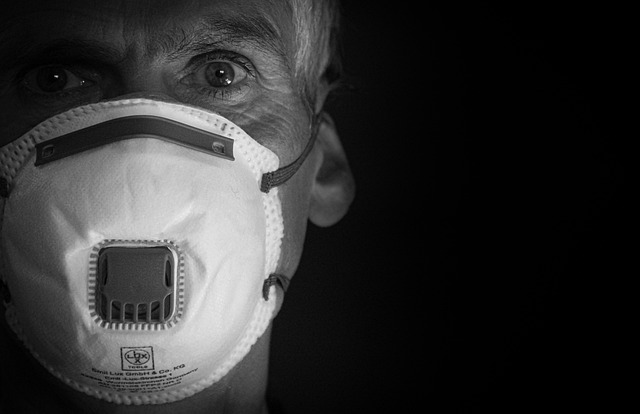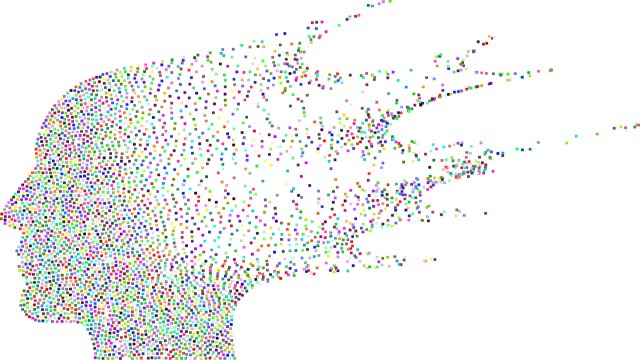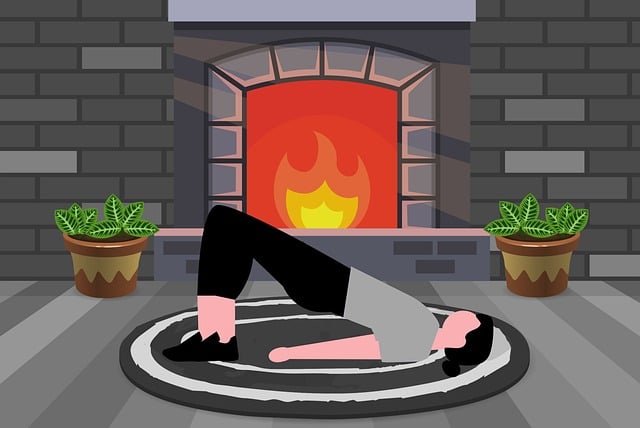The article provides an overview of modern therapies for joint pain relief, emphasizing stem cell therapy as a leading-edge treatment that repairs or replaces damaged joint cells, offering sustained pain relief and functional enhancement. PRP therapy for joints, utilizing concentrated blood components from the patient, also promotes healing in joint tissues. A holistic approach is recommended, including physical therapy to strengthen muscles and improve range of motion, anti-inflammatory treatments that manage pain with minimal side effects, and chiropractic care for body alignment, which all aim to enhance joint health and function. This comprehensive strategy combines regenerative medicine therapies like stem cell and PRP treatments with supportive care practices for effective management of arthritis symptoms and joint inflammation, ultimately improving quality of life. Key terms include therapies for joint pain relief, stem cell therapy for joint pain, PRP therapy for joints, physical therapy for joint pain, anti-inflammatory joint treatments, regenerative medicine for arthritis, and chiropractic care for joint relief.
Holistic approaches to managing joint inflammation and pain are gaining momentum as individuals seek effective, long-term relief from the discomfort associated with arthritis and other joint conditions. This article delves into a range of therapies for joint pain relief, including stem cell therapy for joint pain and PRP therapy for joints, which offer promising regenerative potential. It also examines the role of physical therapy for joint pain in enhancing mobility and alleviating inflammation. Anti-inflammatory joint treatments are explored for their impact on maintaining healthy joints, while the integration of regenerative medicine for arthritis and chiropractic care for joint relief is discussed as a holistic strategy to improve overall joint health. These innovative and integrative therapies provide a comprehensive approach to pain management and inflammation reduction, offering hope and relief to those suffering from joint issues.
- Comprehensive Strategies for Joint Pain Relief: Integrating Stem Cell Therapy and PRP Injections
- The Role of Physical Therapy in Managing and Alleviating Joint Inflammation
- Exploring Anti-Inflammatory Treatments and Their Impact on Joint Health
- Regenerative Medicine and Chiropractic Care: Holistic Approaches to Arthritis Management
Comprehensive Strategies for Joint Pain Relief: Integrating Stem Cell Therapy and PRP Injections

In recent years, the field of regenerative medicine has made significant strides in offering innovative therapies for joint pain relief, particularly through stem cell therapy for joint pain and PRP therapy for joints. Stem cell therapy harnesses the restorative potential of stem cells to repair or replace damaged cells in the joint, potentially providing long-lasting pain relief and functional improvement. This cutting-edge treatment is tailored to the patient’s specific condition, aiming to alleviate symptoms and restore mobility without the need for more invasive surgical interventions. In parallel with these biological treatments, platelet-rich plasma (PRP) therapy for joints utilizes a concentrated portion of the patient’s own blood components to stimulate healing in injured or degenerative joint tissues. By injecting PRP directly into the affected area, this treatment encourages tissue repair and inflammation reduction, complementing the body’s natural healing processes.
To complement these regenerative treatments, a holistic approach often includes physical therapy for joint pain as part of an integrative strategy. Physical therapy not only helps in strengthening the muscles around the joint but also improves range of motion and flexibility. This structured exercise program is designed to enhance joint stability and function while reducing pain, making it an essential component of comprehensive joint care. Additionally, anti-inflammatory joint treatments are employed to manage inflammation and pain, often including a combination of medications and natural supplements that can effectively address the underlying inflammatory processes without significant side effects. Chiropractic care for joint relief, another facet of this holistic approach, focuses on the biomechanical aspects of joint health, using spinal adjustments to alleviate pressure on affected joints and promote overall body alignment, which can contribute to reduced pain and improved joint function. Together, these therapies offer a multifaceted strategy for those suffering from joint inflammation and pain, aiming to restore quality of life through a combination of cutting-edge medical interventions and supportive care practices.
The Role of Physical Therapy in Managing and Alleviating Joint Inflammation

Physical therapy stands as a cornerstone in the holistic approach to managing and alleviating joint inflammation and pain. A certified physical therapist can design tailored exercise programs that strengthen the muscles around affected joints, thereby providing support and reducing stress on them. These therapies for joint pain relief often include range-of-motion exercises, which help maintain flexibility and mobility, crucial for long-term joint health. Additionally, manual therapies such as massage and mobilization techniques can improve circulation, reduce muscle spasm, and facilitate the healing process, making daily activities more manageable for those with inflammatory conditions.
Advancements in regenerative medicine have also introduced stem cell therapy for joint pain and PRP (Platelet-Rich Plasma) therapy for joints as alternative treatments to traditional anti-inflammatory joint therapies. Stem cell therapy harnesses the body’s natural healing potential by introducing stem cells into the damaged joint tissue, promoting regeneration and potentially offering long-term pain relief. On the other hand, PRP therapy utilizes a concentrate of a patient’s own platelets to accelerate healing by releasing growth factors that stimulate tissue repair. Together with physical therapy, these therapies aim to restore joint function and improve overall quality of life for individuals dealing with joint inflammation and pain. Chiropractic care for joint relief complements these treatments by aligning the spine and other structures, ensuring optimal biomechanical efficiency and supporting the body’s natural ability to heal itself.
Exploring Anti-Inflammatory Treatments and Their Impact on Joint Health

Holistic approaches to reducing joint inflammation and pain often encompass a range of therapies designed to provide relief and promote joint health. Among these are anti-inflammatory treatments that have shown promise in managing symptoms associated with joint conditions. These treatments, which can include over-the-counter or prescription nonsteroidal anti-inflammatory drugs (NSAIDs), aim to alleviate pain and reduce inflammation without significantly impacting the body’s natural healing processes. Additionally, regenerative medicine for arthritis, such as stem cell therapy for joint pain and PRP (platelet-rich plasma) therapy for joints, is increasingly being explored for its potential to repair damaged tissues and restore function. Stem cell therapy harnesses the body’s own stem cells to generate new, healthy cells, while PRP utilizes a concentration of a patient’s own platelets to naturally stimulate healing in the affected joint.
In conjunction with medical interventions, physical therapy for joint pain is a cornerstone of holistic care strategies. It focuses on strengthening the muscles around the joint, improving flexibility, and enhancing the range of motion. This approach not only addresses the immediate symptoms but also aims to prevent further joint deterioration by building supportive muscle groups. Chiropractic care for joint relief complements these efforts by employing manual therapies to correct misalignments that may contribute to joint pain. By optimizing spinal and joint function through precise adjustments, chiropractic care can reduce inflammation and improve the body’s natural healing capabilities. Together, these anti-inflammatory joint treatments form a comprehensive approach to managing joint pain, with the goal of improving overall joint health and quality of life for those suffering from inflammatory conditions.
Regenerative Medicine and Chiropractic Care: Holistic Approaches to Arthritis Management

Regenerative medicine represents a significant advancement in therapies for joint pain relief, offering promise to those suffering from arthritis. At the forefront of this field is stem cell therapy for joint pain, which harnesses the restorative potential of stem cells to regenerate damaged cartilage and tissue. This innovative approach not only aims to alleviate symptoms but also seeks to restore joint function by promoting natural healing processes within the body. Patients who opt for stem cell therapy may experience a notable reduction in pain and improved mobility, as new, healthy cells integrate into the affected joints.
In tandem with regenerative medicine, chiropractic care for joint relief offers a holistic approach to arthritis management that focuses on physical therapy for joint pain. By employing manual adjustments and personalized exercise routines, chiropractors help align the spine and joints, thereby reducing inflammation and improving overall joint health. This non-invasive treatment modality can be particularly effective in relieving pain and enhancing the range of motion. Furthermore, it complements other anti-inflammatory joint treatments by addressing the underlying structural issues that contribute to joint discomfort. Together with regenerative medicine, these therapies offer a comprehensive solution for those seeking to manage arthritis effectively.
In conclusion, addressing joint inflammation and pain necessitates a multifaceted approach that encompasses a spectrum of therapies for joint pain relief. The integration of stem cell therapy and PRP injections stands at the forefront of regenerative medicine for arthritis, offering promising avenues for healing and pain alleviation. Physical therapy for joint pain is equally instrumental, helping to strengthen the surrounding muscles, improve range of motion, and mitigate inflammation. Anti-inflammatory joint treatments play a crucial role in managing the underlying inflammation, while chiropractic care for joint relief can restore alignment and enhance overall joint function. Taken together, these holistic approaches provide a comprehensive framework for those seeking effective pain management and improved joint health without solely relying on medication. By considering these innovative therapies, individuals can navigate their journey towards relief and wellness with informed confidence.
